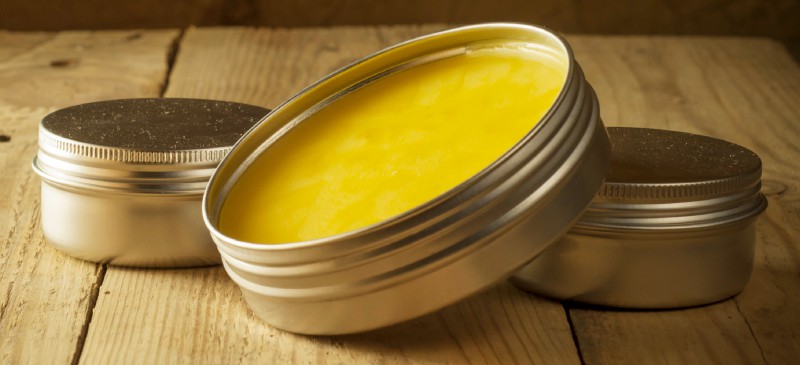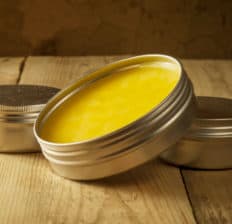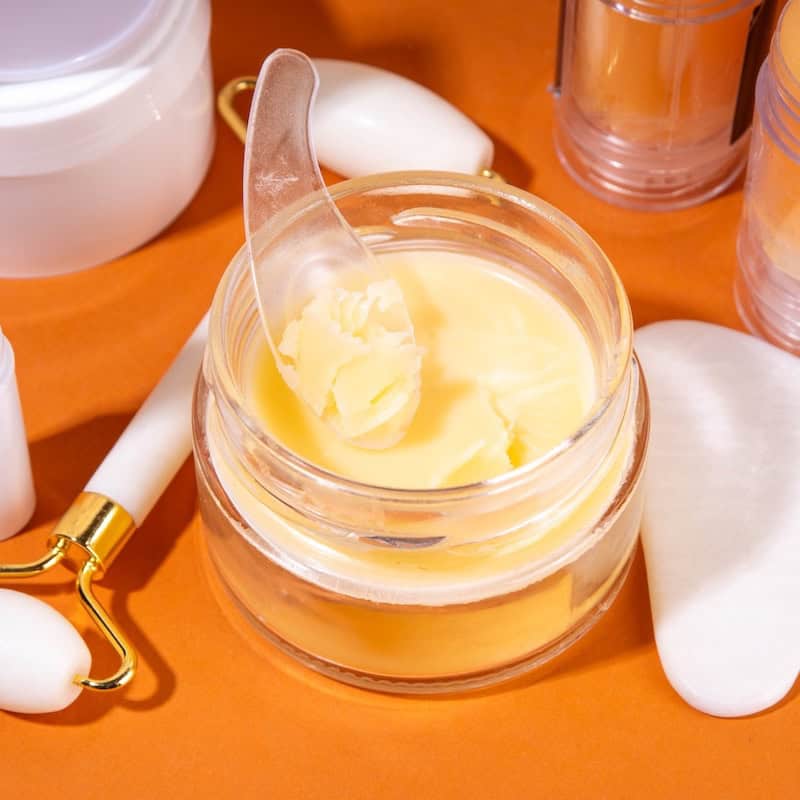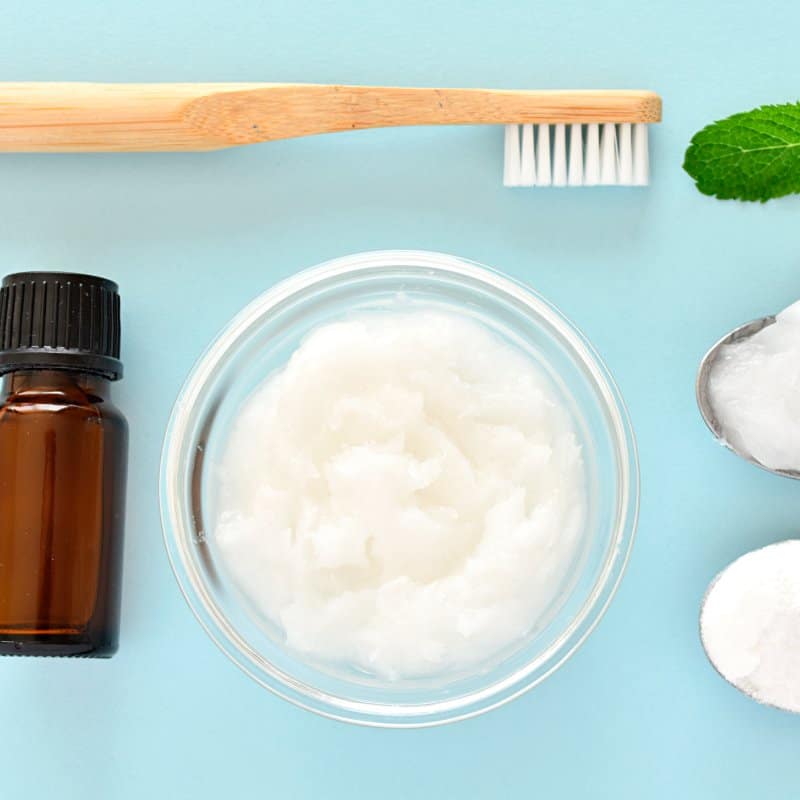This Dr. Axe content is medically reviewed or fact checked to ensure factually accurate information.
With strict editorial sourcing guidelines, we only link to academic research institutions, reputable media sites and, when research is available, medically peer-reviewed studies. Note that the numbers in parentheses (1, 2, etc.) are clickable links to these studies.
The information in our articles is NOT intended to replace a one-on-one relationship with a qualified health care professional and is not intended as medical advice.
This article is based on scientific evidence, written by experts and fact checked by our trained editorial staff. Note that the numbers in parentheses (1, 2, etc.) are clickable links to medically peer-reviewed studies.
Our team includes licensed nutritionists and dietitians, certified health education specialists, as well as certified strength and conditioning specialists, personal trainers and corrective exercise specialists. Our team aims to be not only thorough with its research, but also objective and unbiased.
The information in our articles is NOT intended to replace a one-on-one relationship with a qualified health care professional and is not intended as medical advice.
Homemade Vapor Rub
January 28, 2022

Vapor rubs are typically used on the chest, back and throat to help with symptoms of a common cold or minor aches and pains of the muscles and joints. Of course, you can purchase vapor rubs in stores, but these products can contain toxic ingredients that are harmful to your health.
For example, camphor is the most common ingredient and recognized by its woodsy smell, but while camphor oil can confer some benefits, too much can be problematic. Manufacturers warn that it should not be applied in or near the nostrils and not used on children under 2 years of age.
According to Dr. Bruce Rubin from Wake Forest University School of Medicine, an over-the-counter vapor rub “may make people with congestion feel more comfortable, but it does nothing to increase airflow or actually relieve the congestion.” In fact, research performed on ferrets found that an over-the-counter vapor rub increased mucus and decreased mucus clearance. This means that these topical treatments may not only ignore the source of the problem, but they may actually make symptoms worse.
So why do people feel better after using these creams? It’s menthol. The strong menthol odor tricks the brain into feeling like your nasal passages are unclogged.
In high doses, menthol side effects may include drowsiness, abdominal pain, convulsions, nausea, vomiting, vertigo, ataxia and coma. For some people, it may cause allergic reactions and symptoms such as headache, flushing or contact dermatitis.
How to Make A Homemade Chest Rub
Luckily, this homemade vapor rub recipe really works and is completely natural! You can feel confident in what you are putting on your body. You only need five simple ingredients: olive oil, coconut oil, grated beeswax, cedarwood essential oil and eucalyptus essential oil, along with a container to store the mixture in.
The essential oils deliver a soothing feeling while giving off an aroma that helps to open up the respiratory system and help improve the ease of breathing.
In fact, the cedarwood and eucalyptus essential oils pack this rub with a number of benefits. Cedarwood essential oil possesses an antispasmodic ability and may help to relieve a cough. It also contains a very soothing scent that helps people with sleep issues. Eucalyptus essential oil functions as an expectorant, helping to cleanse the body of toxins, making it great for relieving symptoms of the cold and flu. It has also proven helpful with sinus and respiratory problems.
For anyone over the age of 3, you can also substitute peppermint essential oil for cedarwood, as peppermint oil is used for muscle pain relief, sinus care, fever reducing, headache help, nausea relief and so much more. But don’t use peppermint oil for anyone under the age of 3, as it can increase the risk for seizures.
Try this homemade vapor chest rub today. Simply pour the olive oil, coconut oil and beeswax into a glass jar. To save containers, choose a jar you can store your homemade vapor rub in later. Fill a saucepan with two inches of water and place over low heat.
Then, set the jar in the saucepan and wait for the oils to melt. Stir to combine. Once you mix all of the ingredients together, allow to cool and add in the essential oils. Use a wooden spoon to combine.
You can store on the shelf. Ideally, use the product within six months for maximum effectiveness. Apply to chest before bed.
Precautions
This DIY recipe is not recommended for babies. And just a reminder that eucalyptus oil is not safe for internal use and should only be used aromatically or topically. For children, make sure to restrict usage to the chest area and not near the face.
Print
Homemade Vapor Chest Rub
- Total Time: 5 minutes
- Yield: 30 uses 1x
Description
This homemade chest rub recipe really works and is completely natural! You can feel confident in what you are putting on your body. You only need five simple ingredients.
Ingredients
- ¼ cup olive oil
- ½ cup coconut oil
- ¼ cup grated beeswax
- 20 drops cedarwood essential oil
- 20 drops eucalyptus essential oil
- glass jar
Instructions
- Pour the olive oil, coconut oil and beeswax into a jar.
- Place a saucepan with 2 inches of water over low heat.
- Place jar in saucepan and allow oils and beeswax to melt. Stir with wooden spoon to combine.
- Once combined, allow to cool and add in essential oils. Stir to combine.
- Pour mixture into metal tins or storage containers and allow to set.
Notes
For children over the age of 3, you can substitute peppermint oil for cedarwood oil.
- Prep Time: 5 min
- Category: Body care
- Method: Mixing








